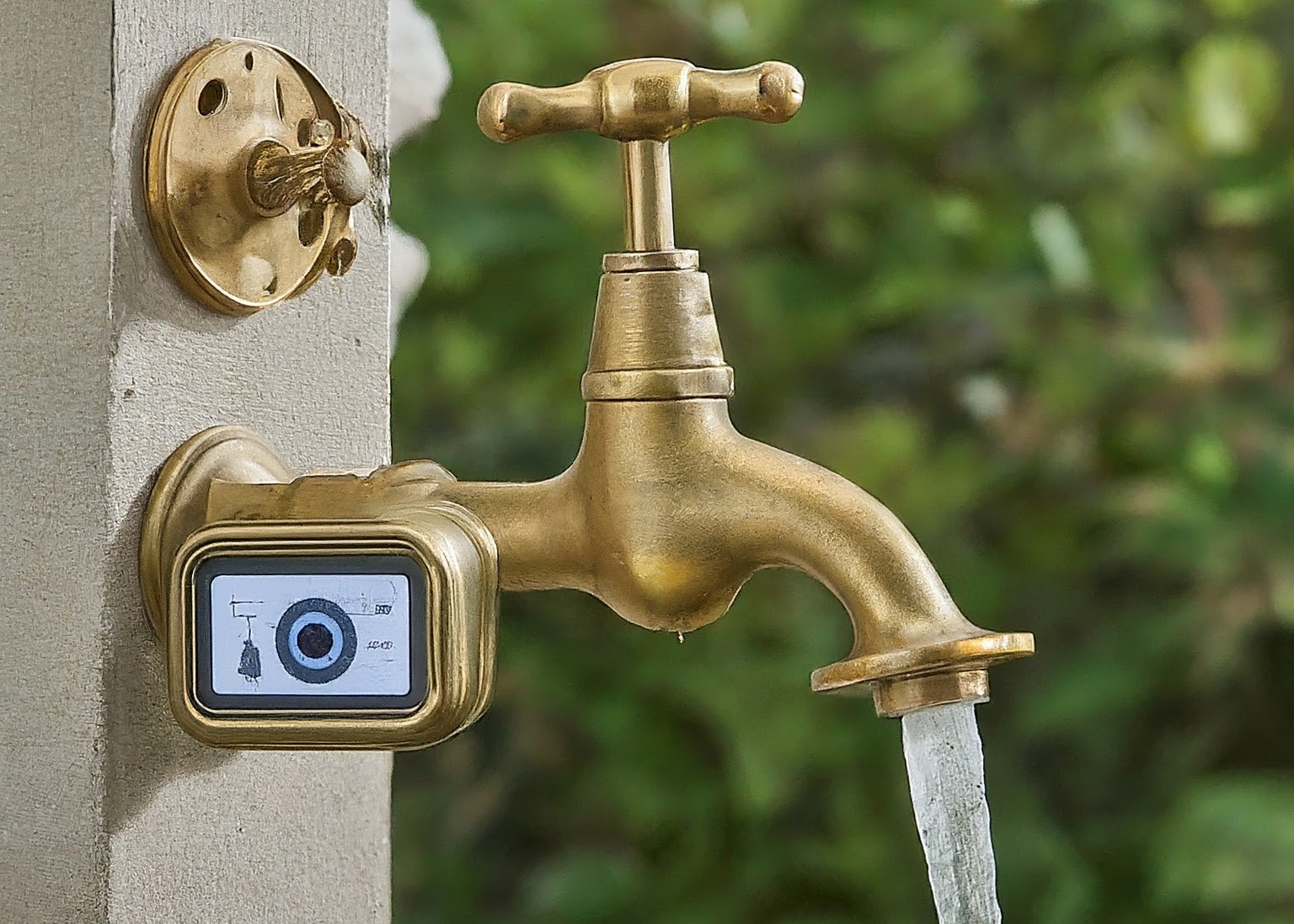SA Insights
Smart devices to the rescue in SA water crisis?
Data and analytics can help safeguard South Africa’s water resources, writes RUDIE OPPERMAN, manager for engineering and training for Africa at Axis.
South Africa’s water challenges have been thrown into sharp focus by the situation currently unfolding in the country’s economic hub. The City of Johannesburg, though having faced dry spells and outages in the past, faces an incalculable crisis with millions of residents affected and water authorities advising city officials – both in Johannesburg and the capital of Pretoria – that failure to reduce water consumption could lead to a total collapse of the system. The situation has led the city to officially launching its Water Security Strategy to identify challenges and develop strategic responses to counter them, including prioritising proactive measures to reduce flood risk and strengthen community resilience.
Water management and security are benefitting from a technological revolution, specifically the implementation of smart technologies to safeguard supply and infrastructure that is critical to national cohesion and socioeconomic activity. By choosing the right methods and solutions, officials can do more than just secure enough water. They can also make the water system work better and set the stage for its growth and improvement in the long run.
Start with physical security
South Africa’s Department of Water and Sanitation aims to enhance water resource management and supply via several large infrastructure initiatives, such as the Lesotho Highlands and uMkhomazi Water Projects. These projects and others add to the growing complexity and scope of our national water storage and distribution systems, all of which need to be protected by cutting-edge physical and network security solutions.
Using smart surveillance technology such as network video cameras, thermal imaging and radar, and IoT sensors, operators and agencies can establish blanket coverage and monitor infrastructure and assets in real time. This includes guarding facility perimeters, managing access for both people and vehicles, and protecting assets from threat actors such as thieves and vandals. Operators can also use these same solutions to protect their workforces, specifically by enforcing health and safety rules and alerting them in the event of an infringement or facility-wide incident.

Rudie Opperman, manager for engineering and training for Africa at Axis.
Every drop counts
Meeting the need to secure South Africa’s water infrastructure, departments and agencies can unlock new insights with smart devices and cloud computing. Like any industry today, the technological revolution is a data-driven one, where analytics can enhance decision-making and provide important information that’s relevant to operators. One example of this is using IoT sensors to monitor water usage and detect leaks. Almost 50% of South Africa’s water supply does not generate revenue, with the majority of that loss (70.2%) attributable to leakages. Wastage is just as big a challenge as security, and IoT can help minimise it through increased visibility.
With that said, how does the cloud factor into South Africa’s water supply? With cloud-enabled solutions, infrastructure operators can gather, store, and process data generated by surveillance devices, sensors, and monitoring systems across complex supply and distribution networks. Large volumes of data require scalable storage and computing power, something cloud-based platforms can account for while also allowing stakeholders the opportunity to work together, collaborate on projects, and ensure consistent and controlled access to all authorised departments and personnel.
Again, camera and IoT networks produce a huge amount of data, all part of an advanced data-driven network that enables a greater understanding of water infrastructure and operations. Cloud services underpin that network and give departments the tools they need to use it.
In the event of an emergency…
An important part of water management is infrastructure and protocols relating to flooding. All it takes is one abnormal amount of heavy rainfall to overwhelm an urban area’s drainage system, or a burst dam to wash away a rural village. This may be up to municipalities to take into account, but water infrastructure agencies are inclined to factor these risks, as the solutions they use to optimise their operations can also play a critical role in saving lives.
Using the same network cameras and IoT sensors deployed for security purposes, officials in rural and urban areas can monitor areas that are prone to flooding and alert residents and stakeholders once a certain threshold is met. Real-time information is critical in the event of a disaster. If officials possess this, they can communicate directives and ensure all measures are taken to protect people and property.
With any security or risk challenge, the goal is to be as proactive as possible and install systems that mitigate the fallout of any event or incident. Given the state of South Africa’s water infrastructure, the time to act is now. By collaborating on fixing the problem with a unified strategy and vision, we can transform water supply and management and ensure long-term sustainability in the sector.

















